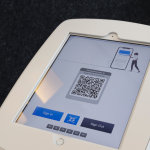What are packaged goods?
Packaged goods refer to consumer products that are pre-packaged in a specific quantity or form, ready for sale to end-users. These products are typically mass-produced and sold in retail stores, supermarkets, or online. Packaged goods can be either perishable or non-perishable and can include food, beverages, personal care products, household items, and many other consumer goods.
Packagedgoods are often designed to appeal to consumers through eye-catching packaging, branding, and advertising. The packaging of packagedgoods typically includes a label with product information such as ingredients, nutritional value, expiration date, and usage instructions. In some cases, the packaging may also include promotional offers or discounts to entice consumers to purchase the product.
Packaged goods are an important part of the consumer goods industry and are a significant driver of economic growth and employment. The production, distribution, and sale of packaged goods involve a complex supply chain that includes manufacturers, distributors, wholesalers, and retailers. The industry is also heavily regulated to ensure that products are safe, healthy, and accurately labeled.
Different types of Packaging goods?
Packaged goods refer to products that are pre-packaged in a specific quantity or form, ready for sale to end-users. Here are some different types of packagedgoods:
- Food and Beverages: This category includes packaged foods, snacks, ready-to-eat meals, beverages, and other food items that are pre-packaged and sold in stores.
- Personal Care and Cosmetics: This category includes products such as soap, shampoo, toothpaste, deodorants, makeup, and skincare products that are packaged for retail sale.
- Household Items: This category includes cleaning supplies, laundry detergent, air fresheners, and other household items that are pre-packaged for consumer use.
- Pharmaceuticals: This category includes medicines, vitamins, and other health products that are packaged in specific dosages and sold in retail stores.
- Pet Products: This category includes pet food, pet toys, and other pet-related products that are packaged for retail sale.
- Electronics: This category includes electronic devices such as smartphones, tablets, and computers, as well as accessories and other related products that are packaged for retail sale.
- Clothing and Accessories: This category includes clothing items, shoes, and fashion accessories that are packaged and sold in retail stores.
Overall, there are a wide variety of packaged goods available to consumers, with different types of products being sold in various categories.
Innovative Packaging Designs That Caught Our Attention
“The product packaging is a key component of the marketing strategy for any company. It is the first thing customers see when they enter a store, and it can be an important part of the brand identity. In today’s competitive market, companies are looking for innovative packaging designs that will grab the attention of customers and make them want to buy their products.”
This article discusses some of the innovative packaging designs that caught our attention.
Bagged packaged goods?
Bagged packaged goods refer to consumer products that are packaged in bags, rather than other forms of packaging such as boxes, bottles, or cans. Baggedpackaged goods can come in a variety of sizes and are typically sold in retail stores and supermarkets.
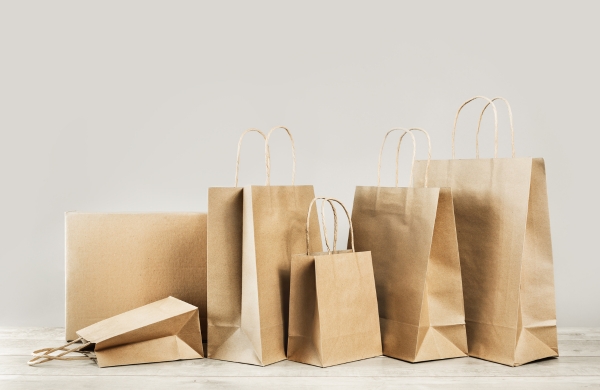
Some examples of bagged packaged goods include:
- Snacks: Many snack foods such as potato chips, popcorn, and pretzels are sold in bags.
- Produce: Fresh fruits and vegetables are often packaged in bags for easy transport and storage.
- Pet Food: Many brands of pet food are packaged in bags for convenience.
- Coffee: Many brands of coffee are sold in bags, either as whole beans or ground coffee.
- Flour and Sugar: These baking staples are often sold in bags for home baking.
- Ice: Bags of ice are commonly sold at convenience stores and gas stations.
- Frozen Vegetables: Many brands of frozen vegetables are packaged in bags for easy storage and preparation.
Overall, bagged packaged goods are popular among consumers because they are often convenient and easy to store.
Boxed packaged goods?
Boxed packaged goods refer to consumer products that are packaged in boxes or cartons, rather than other forms of packaging such as bags, bottles, or cans. Boxedpackaged goods can come in a variety of sizes and are typically sold in retail stores and supermarkets.
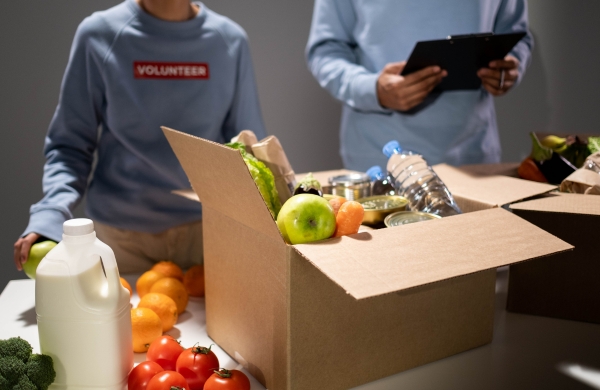
Some examples of boxed packaged goods include:
- Cereals: Breakfast cereals are often packaged in boxes, with the product enclosed in a plastic bag inside.
- Snacks: Many types of crackers, cookies, and other snack foods are packaged in boxes.
- Pasta: Many brands of pasta are sold in boxes, with the noodles enclosed in a plastic bag inside.
- Rice: Many types of rice, such as basmati rice, are sold in boxes.
- Tea: Many brands of tea are sold in boxes, with individually wrapped tea bags inside.
- Confectionery: Many brands of chocolate and candy are packaged in boxes.
- Personal Care: Some personal care products, such as soap and tissue paper, are sold in boxes.
Boxed packaged goods are popular among consumers because they are often convenient and easy to store.
Tubed packaged goods?
Tubed packaged goods refer to consumer products that are packaged in tubes, typically made of metal or plastic. Tubedpackaged goods can come in a variety of sizes and are often used for products that need to be dispensed in small quantities.
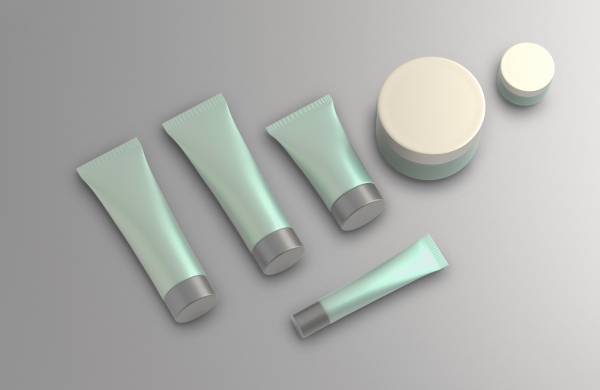
Some examples of tubed packaged goods include:
- Toothpaste: Many brands of toothpaste are sold in tubes for easy dispensing.
- Skin Creams: Many skin creams and ointments are packaged in tubes for easy application.
- Paints: Many types of paints, such as watercolors and acrylics, are packaged in tubes.
- Adhesives: Many types of adhesives, such as glue and sealant, are packaged in tubes.
- Culinary products: Many types of culinary products like tomato paste, mayonnaise, mustard, and cream cheese are packaged in tubes.
Tubed packaged goods are popular among consumers because they are often convenient and easy to use.
Bottled and jarred packaged goods?
Bottled and jarred packaged goods refer to consumer products that are packaged in bottles or jars made of glass. Bottledandjarred packaged goods can come in a variety of sizes and are typically sold in retail stores and supermarkets.
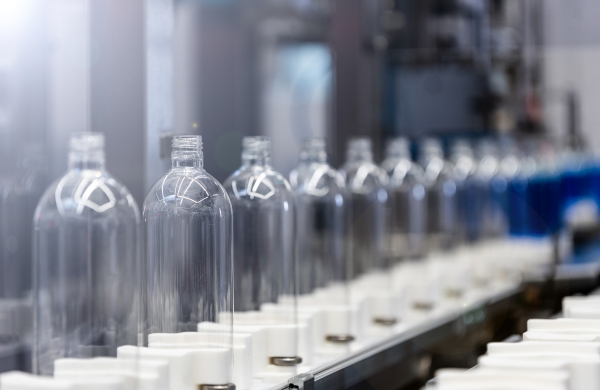
Some examples of bottled and jarred packaged goods include:
- Beverages: Many types of beverages, such as soft drinks, juices, and energy drinks, are sold in bottles or cans.
- Sauces: Many types of sauces, such as ketchup, mayonnaise, and salad dressings, are sold in bottles.
- Jams and Jellies: Many types of jams and jellies are sold in jars.
- Pickles and Olives: Many types of pickles and olives are sold in jars.
- Honey: Many types of honey are sold in jars.
- Beauty and Personal Care: Some beauty and personal care products, such as shampoos and lotions, are sold in bottles or jars.
Bottled and jarred packaged goods are popular among consumers because they are often convenient and easy to store. However, the environmental impact of packaging materials is a growing concern, and efforts are being made to reduce their usage and promote more sustainable alternatives.

Techspurblog is a blog dedicated to providing industry-leading insights, tips, tricks and tools on topics such as web design, app development, SEO and more. We also provide reviews of the latest tech products and services that can help you get the most out of your business.

